What Kinds of Vinegar There Are
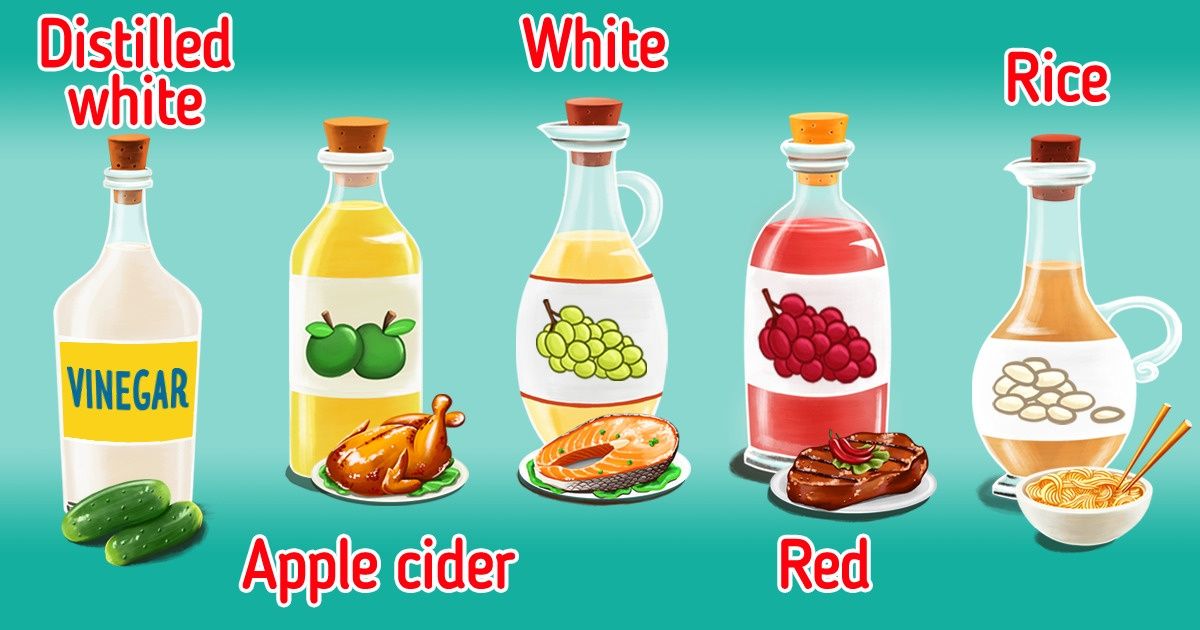
Vinegar is an important part of salad dressings and marinades for meat dishes. There are several types of this product available in stores: from regular distilled white to balsamic vinegar. The difference is not that obvious but, in fact, each type of vinegar has its own unique taste and culinary mission.
5-Minute Crafts wants to show you what the difference is between popular types of vinegar, how to use them in cooking, and what taste they give to a dish. Also, we will tell you what you can use for cleaning and what the industrial types of vinegar solutions are for.
1. Distilled white vinegar
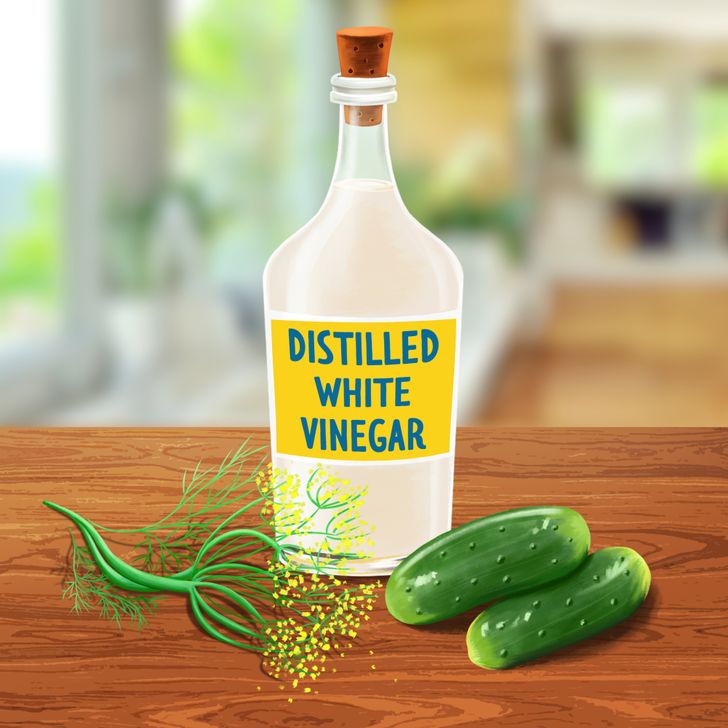
2. Apple cider vinegar
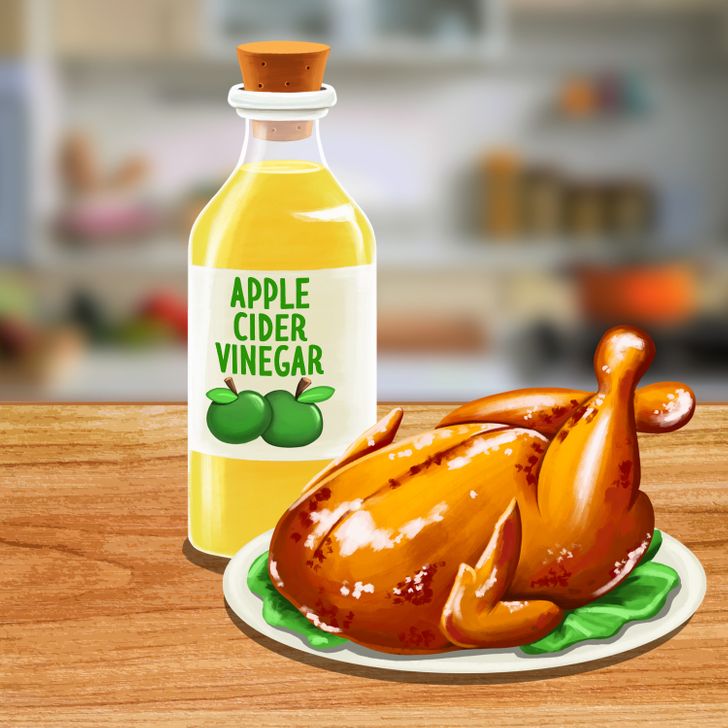
How it is produced: From fermented apple juice
What taste it has: tart, sweet, fruity, and moderately acidic
How to use it: Due to its mild taste, apple cider vinegar is perfect for marinating chicken and fish. It can also be added to sauces, salads, and vegetable garnishes.
You can make flavored vinegar by adding herbs and spices. However, keep in mind that if you do this, it should be stored in the fridge, not on a kitchen shelf like regular vinegar.
3. White wine vinegar
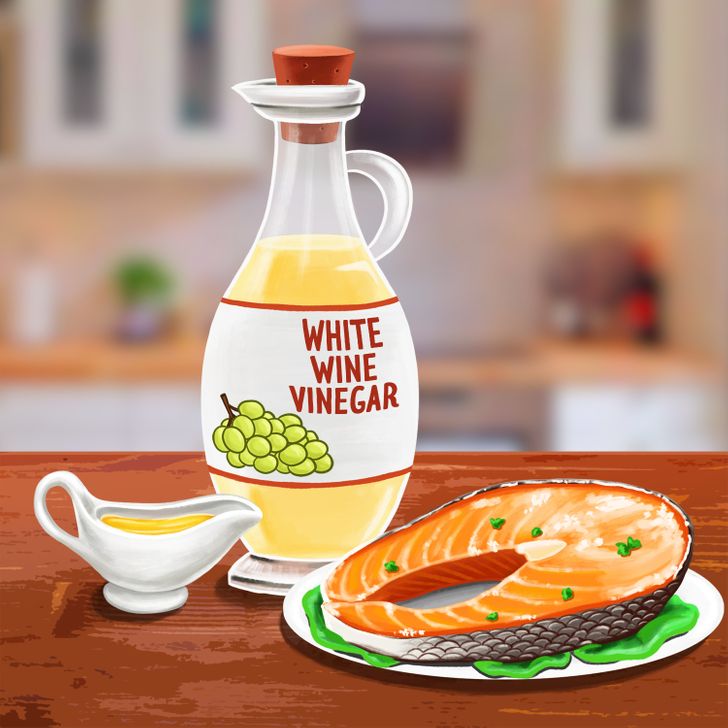
How it is produced: From fermented white wine
What taste it has: subtle, neutral, slightly fruity. Its taste is milder than the taste of distilled white and apple cider vinegar.
How to use it: For making light salad dressings, hollandaise, and béarnaise sauces, and dishes made with chicken and fish, as well as light marinades.
4. Red wine vinegar
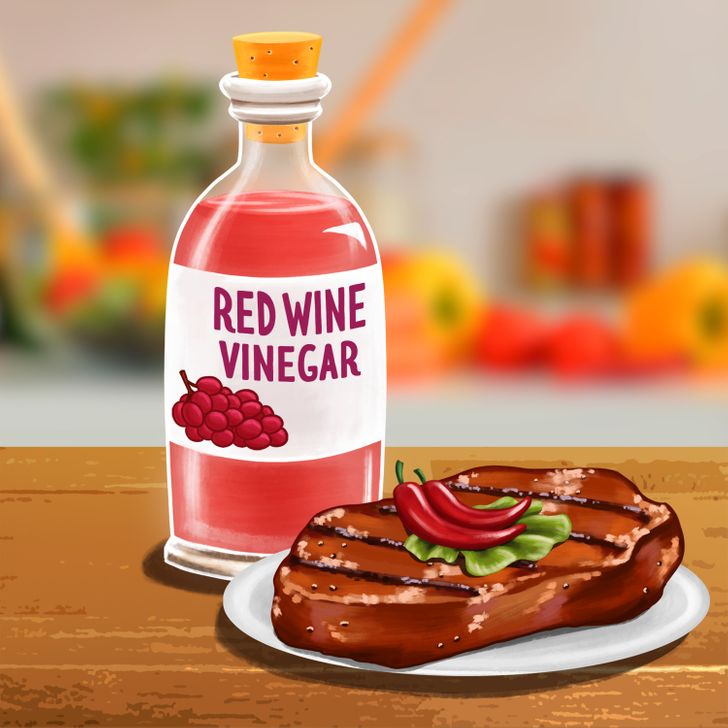
How it is produced: From fermented red wine
What taste it has: sharp, tangy with smoky notes
How to use it: Red wine vinegar is denser than white and gives dishes a slight pink hue. It serves as a good add-on to fried meat, steaks, and savory snacks like marinated onions. Also, this vinegar is used for cooking bright sauces, salad dressings, and marinades.
5. Rice vinegar
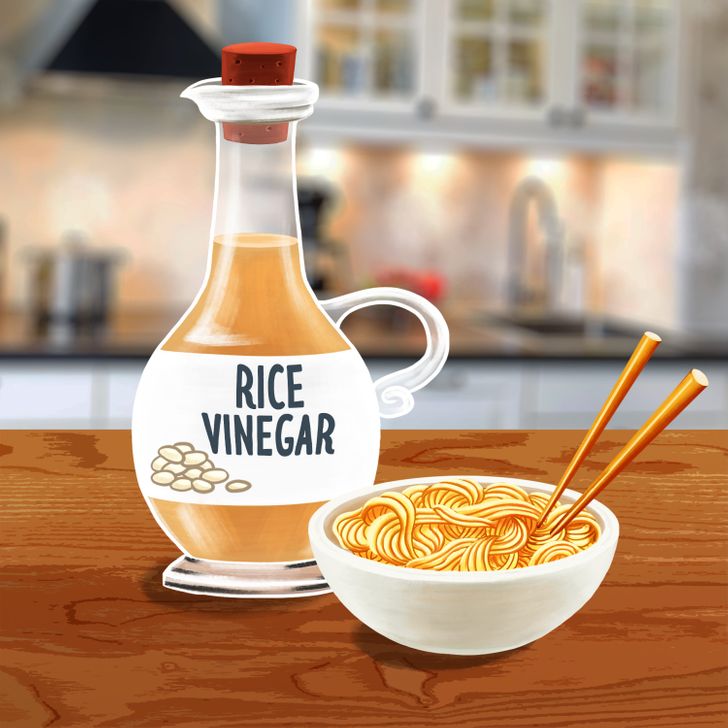
How it is produced: From fermented rice wine
What taste it has: sweet, mild, with low acidity
How to use it: Rice vinegar is widely used in the dishes of Asian cuisine. For example, it is added to sushi rice and it is an ideal dressing for Soba Noodle Salad. It is also used for cooking stir-fry, vegetable dishes, and soft marinades.
The color of rice vinegar can vary from transparent to brown, red, and even black. The latter types can affect the color of the dish.
6. Balsamic vinegar
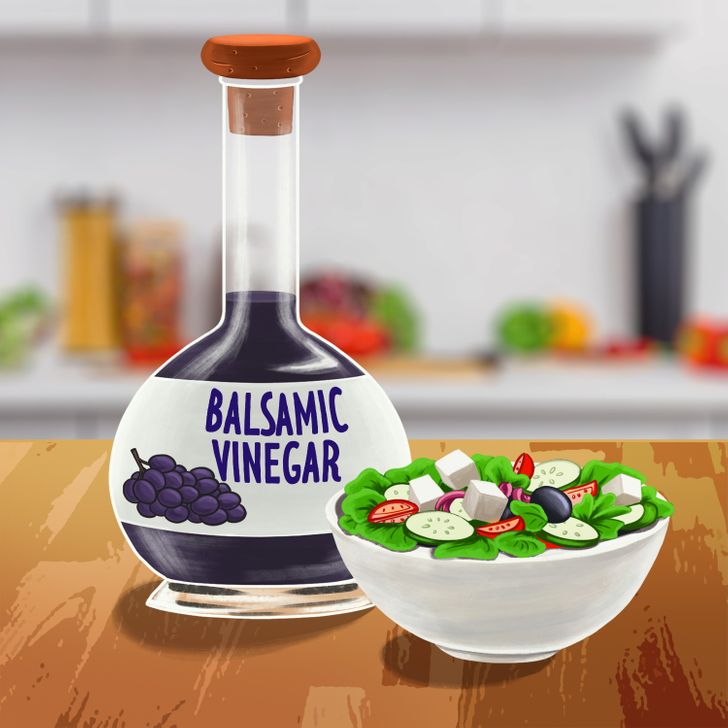
How it is produced: By aging pressed grape juice in oak barrels, which thickens and concentrates over time. The longer it is stored in barrels, the darker color, the sweeter taste, and the thicker consistency it will have.
What taste it has: sweet, resembles a syrup
How to use it: Balsamic vinegar is used as a sauce for various dishes. Its rich sweet taste makes it a good addition to both desserts and meat dishes. Usually, it is used for slightly drizzling over ice cream, fruit, and vegetable salads, side dishes, or grilled meats. It can also be combined with olive oil to get a light salad dressing.
Apart from balsamic vinegar with a dark hue, there is a more rare white type of balsamic vinegar. It is made from white Trebbiano grape must.
7. Cleaning and industrial types of vinegar

There are special solutions that are made for domestic and industrial use based on vinegar essence and acetic acid.
Cleaning vinegar solutions are used as a natural product for cleaning different surfaces at home. They are more acidic than distilled white vinegar and are unsafe for culinary purposes.
Industrial vinegar solutions contain 20-30% of acetic acid and are used for various purposes — from cleaning surfaces in commercial buildings to killing weeds. It’s dangerous to use them for eating.
Due to these specifics, it’s recommended to store cleaning and industrial vinegar solutions separate from food products and in a place that is unreachable for kids.